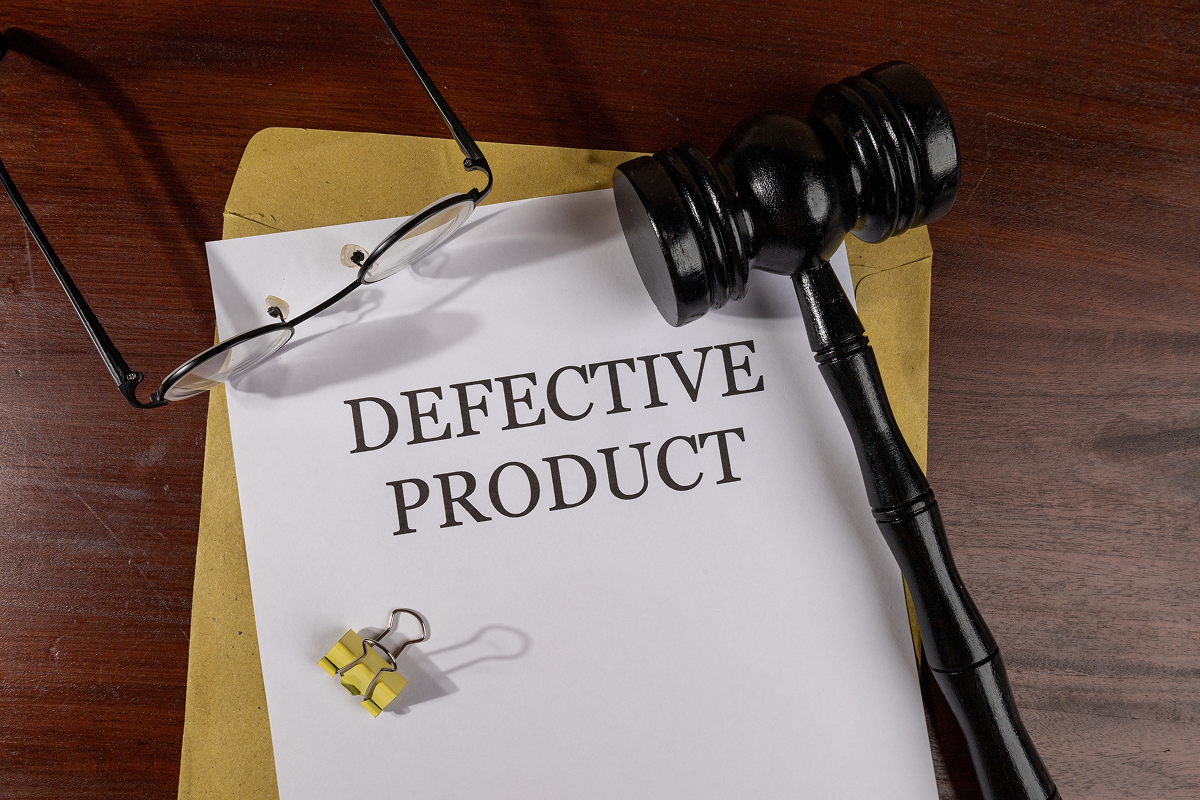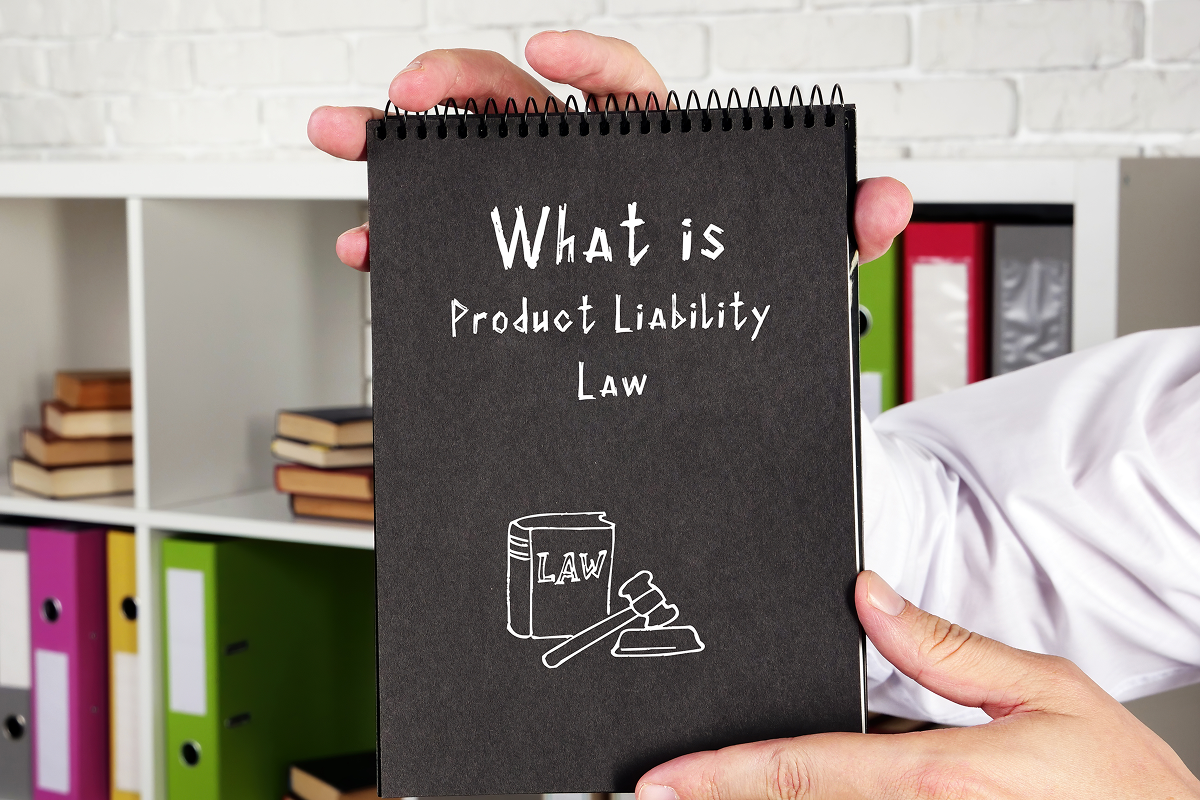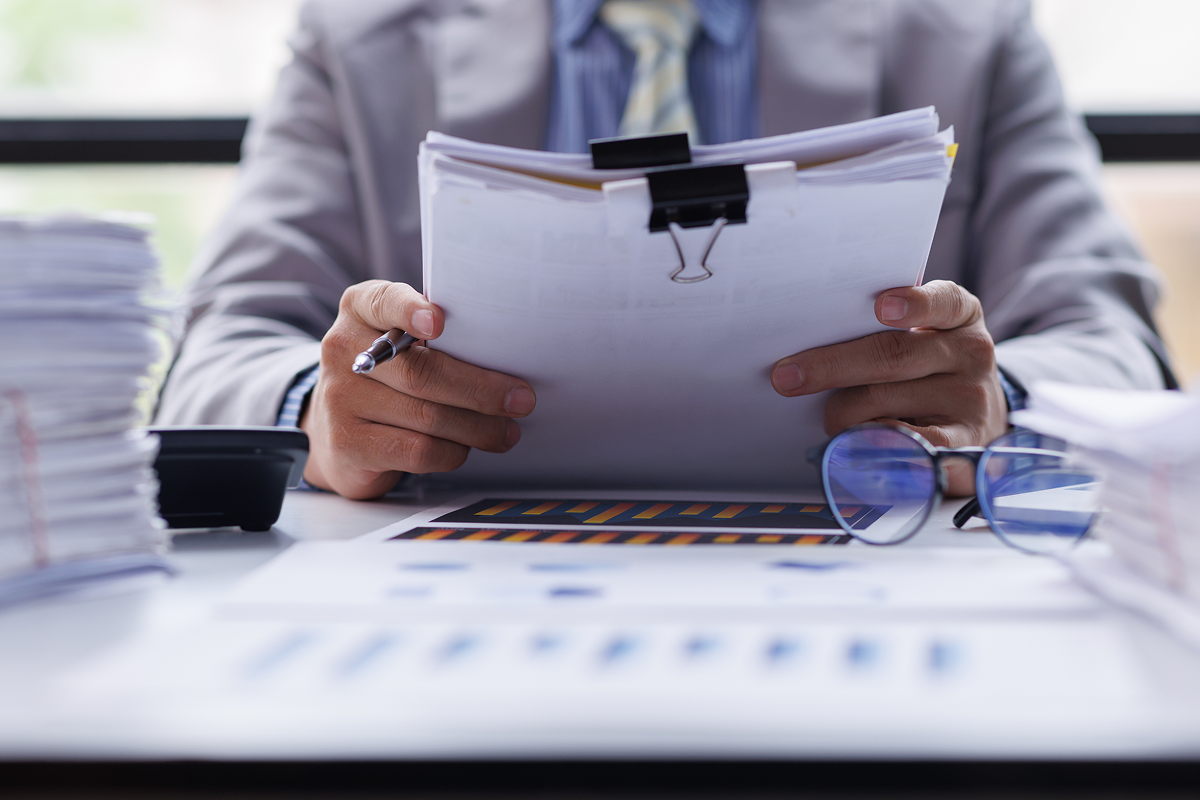by: adminOn: August 13, 2025

Despite what advertisements may promise, some products are flawed. They often go on sale with critical design or manufacturing defects that put users at risk.
This could take the form of a kitchen appliance that delivers shocks, or a nail sticking out of an unfinished wardrobe. In some cases, defective products put lives in danger, too — such as when a brake part malfunctions while driving.
Fortunately, there are laws in place to compensate consumers for such injuries. In this article, our Glendale injury lawyers dive into the details of how to collect evidence in a product injury case, how product liability evidence works and what to do with a defective product after injury.
In the United States, product liability laws are comprehensive, covering everyone involved in the manufacture and distribution of a product. Any party in the supply chain can be held responsible for injuries — from the assembly team to the retail store owner.
The laws are governed by states. You can learn more about the specific California product liability laws here — but each state will likely have its own terms and statutes with regard to collecting and presenting evidence in a product injury case.
Regardless of the state, most laws outline three types of defects:
Each of these issues can lead to a range of injuries and illnesses, from mild burns to serious health complications. So, if you’re injured by a defective product — what to do? It’s simple: start collecting evidence.

Yes, you must keep a defective product after injury — as it is a central component of your product liability evidence. The item will be inspected by several parties in court before a resolution is reached. Not having it on hand can be disastrous considering:
When putting up a defense, many will argue that the product was never defective to begin with, or something else was responsible for your injuries. Having the defective product in your possession helps build evidence in product injury cases.
The product will be inspected by experts who will help corroborate that it was faulty — as well as identify the exact cause for the injury. It’s also crucial that your product liability evidence can be judged as authentic — meaning the product must not change hands after the incident. It must instead be stored safely so a defective product lawyer in Glendale can help you build a solid case.
When fighting a case in court, having the actual product on hand allows the room to better understand the cause of your injuries. When a judge, or jury can actually handle the product, its flaws become more apparent — and your case becomes stronger.
Besides that, judgements of this sort are rarely straightforward — and get even trickier without the actual item. Product liability evidence allows a court to judge the extent of the manufacturer’s involvement — and ensure adequate punishment.
So, it’s crucial that you keep the defective product after injury. Store it in its original condition, avoiding any modifications or repairs. Additionally, preserve any accessories, packaging materials, or receipts received with the product. No document is unimportant when preserving evidence for product liability.

Consumers who are injured or made ill by products they purchase are eligible for compensation. Provided they follow the process carefully, this can cover all legal bills, as well as medical expenses, lost wages, pain and suffering, and other damages.
Follow these steps to build up evidence in product injury cases.
Immediately after the injury, seek medical attention.
This is crucial not just for your health outcomes, but also for product liability evidence. Make sure you keep a thorough record of all treatment you receive. Save hospital bills, prescriptions, doctor’s notes, and any diagnostic reports. They will support your claim as well as help determine the compensation amount.
Reach out to the manufacturer or the store where you purchased the product to report the issue. Do not return the product — even if the manufacturer requests it. You’re not trying to get a refund, but create an official record of the defect as product liability evidence.
Keep copies of any correspondence, including emails or letters sent to the manufacturer or seller. This helps establish that you gave the responsible party notice, which may be required under state law. Some manufacturers may offer out of court settlements, which may be tempting. But we don’t recommend approving any offers without first sharing your gathered product liability evidence with an experienced Glendale injury lawyer.

When the incident is fresh in your head, write down what happened, exactly how it happened. Include the time, date, and detail how the injury occurred.
While preserving evidence for product liability, you should also take photographs of the defective product, your injuries, the environment where the incident took place, and any other relevant items (like burnt surfaces, broken components, or electrical damage).
It may also be useful to post about your case on social media. Apart from holding the manufacturer directly to account, these details will be invaluable for your legal team tasked with preserving evidence for product liability.
While gathering product liability evidence, contact an attorney. Experienced lawyers can help you understand your rights and build a strong case for compensation. They’ll arrange for expert inspections of the product and handle communication with insurance companies or opposing legal teams. They’ll also guide you through the details of what to do with a defective product after injury.
Attempting to manage the process alone can reduce your chances of success — especially when facing large manufacturers with significant legal resources.
If you’ve recently been injured by a defective product, don’t panic. At Pogosyan Law, we’ve handled multiple cases just like yours — and know exactly how to preserve evidence in product injury cases. Once all your documentation is ready, reach out to our Glendale law firm, and we’ll guide you on how to proceed.
You can also book a free case evaluation here.